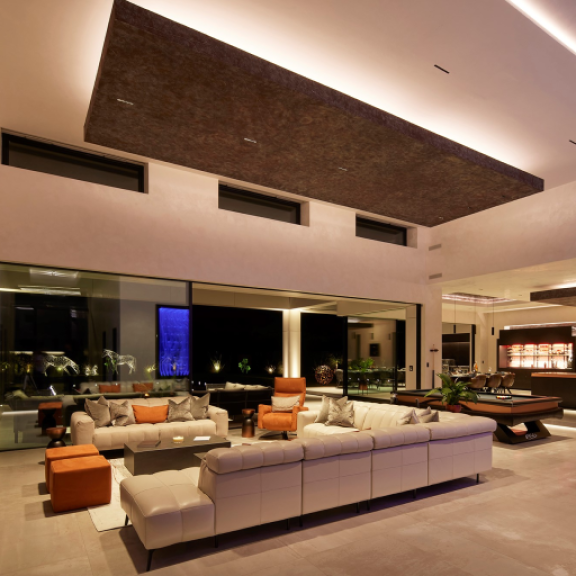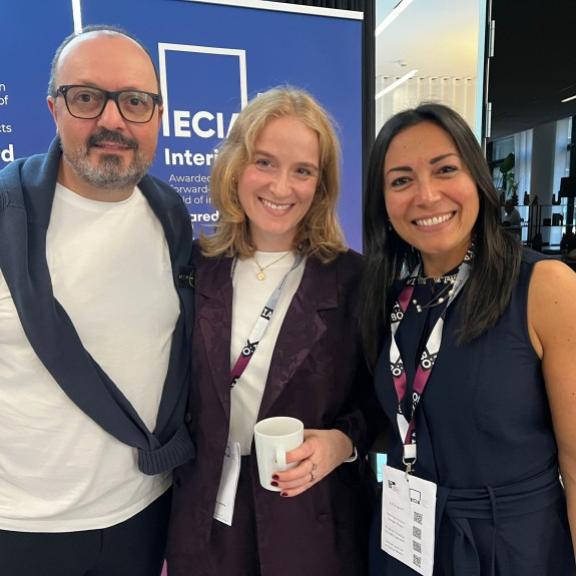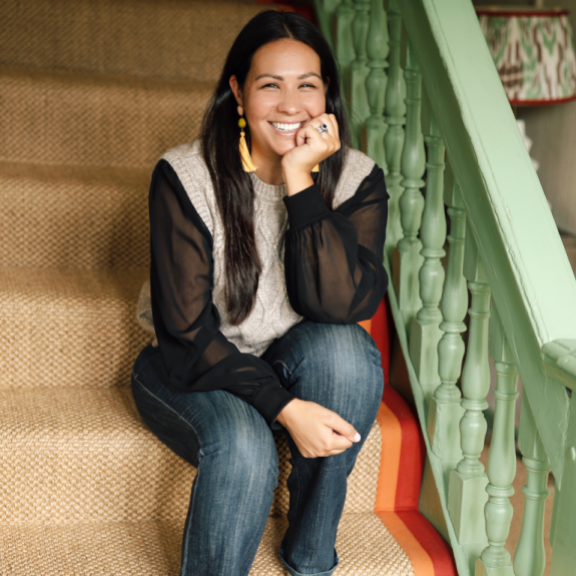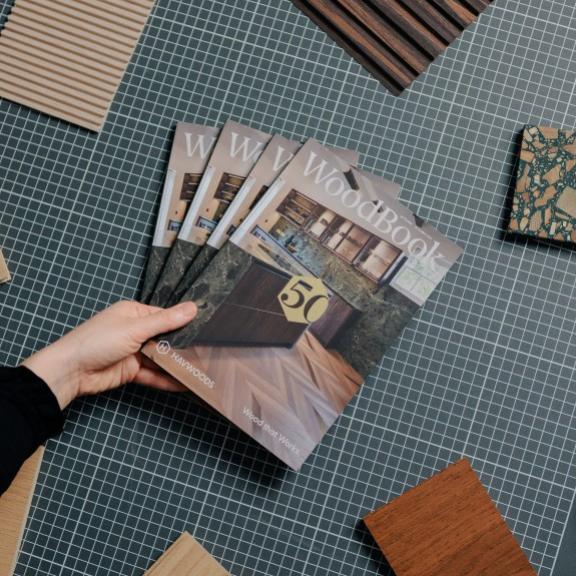Professional Practice Series: The Brief

Aims & Objectives
To clarify what is meant by the Brief
- To list information essential to the Brief
- To describe how to document the Brief
Definition
Dictionaries define the term ‘Brief’ as:
A mandate, or a summary, concise statement of the facts of a client’s case
– Longman’s Dictionary
A set of instructions given to a person about a job or task
– Oxford Dictionary
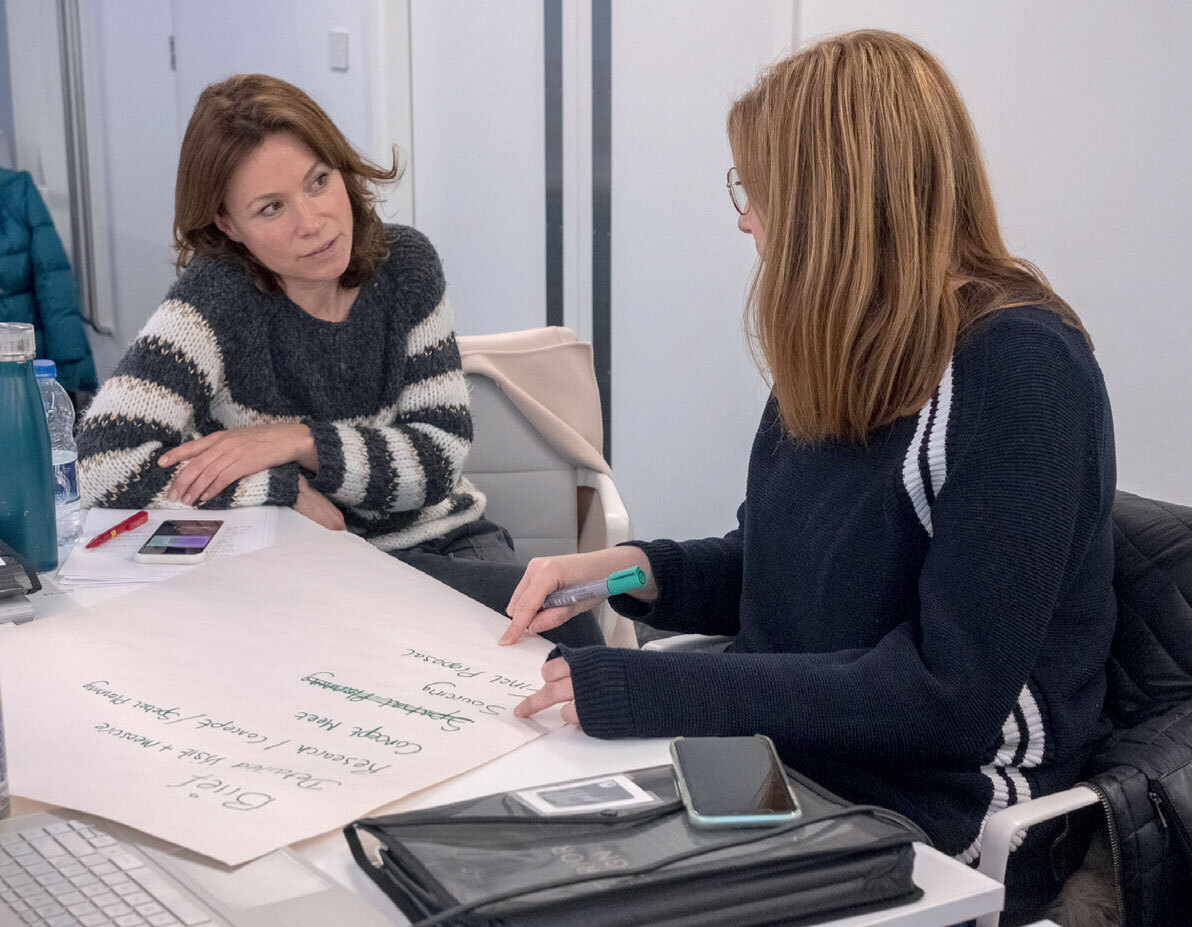
The Brief
It is acknowledged that the brief is a dynamic document which will change as a project progresses, but it provides clarity on the extent, limitations and constraints of a project. It is a document that develops in stages.
Stage 1 is often referred to as the Client Brief and it provides the starting point of a project using information supplied by the client.
Stage 2 has a number of names, often called the Design Brief, the Project Brief or the Strategic Brief and this indicates how the design will be achieved. This second stage of the Brief will develop and change over the lifetime of the project.
The Client Brief
The Client Brief may be presented as a comprehensive written document or may emerge through a conversation between the designer and the client with the designer expected to document the ideas and thoughts of the client. The production of a written document by either party provides a clear basis for discussion and an opportunity to clarify ideas.

What goes into a brief – initial, essential information
- Name and contact details for the client – who is the client, is it one person, a couple, or a group?
- Location of the project
- The size and type of the property, any listing (freehold/ leasehold)
- Use of property – current and future (residential / commercial)
- Number of people using the property
- Timescale – differentiate between design programme and build programme
- How long the client intends to stay in the property
- Budget available
- How information will be sorted and shared with the client e.g. Dropbox#
- Advice to client on their responsibilities
What goes into a client brief – What does the client want to achieve?
- An understanding of the clients’ needs and desires
- Purpose of the project – use of the building
- Overall visual direction
• General design concepts
• Stylistic preferences – likes and dislike
• Design wishes – artwork, ideas, and furniture to be retained - Any external consultants already engaged
- What scope of work is required – is it full project management, interior design or principal designer role?
- Wish list
• Inclusions desired by the client but not essential
Your questions to your client – briefing notes ought to provide you with answers to:
• what exists
• what is desired
• what is possible
What goes into a client brief – information gained through observation or initial research
- Any restrictions e.g. party walls
- Any health & safety issues e.g. asbestos
- Access to the site
- Advice regarding client responsibilities
- Notification to insurers
- CDM
- Legal constraints
Document the Brief
Record all the information gathered and present it to the client for confirmation and signature.

There is no set format for this, some design companies will have a company template, whereas others may choose to write up notes and present these for signature. The advantage of a template is that it provides a prompt and avoids essential questions being missed. There are plenty of examples of these on the internet or you could create your own.
The Design/Project/Strategic Brief –explains how the brief will be achieved
- The role of the designer and the services they will provide
- How the project is to be organised
- Who is in charge who issues instructions and how will communication occur
- The contract and how it will be monitored
- How the budget will be presented and monitored
- What other professional and tradespeople will be involved
- All permissions and statutory approvals – who is responsible for obtaining these?
- Critical path timescales
Stake Holders in the Brief
It is important to consider all those who have a stake in the project. Lawson, in his book ‘How Designers Think’ identifies 4 groups of people who should be involved and satisfied in order for a project to be successful.
All 4 groups will place constraints on a project and the Brief needs to consider these inputs.
These groups of people are:
- Designers
- Clients
- Users
- Legislators
Go to the Members Area and filter by Professional Practice Series to find more articles offering support on practicing as an interior designer.
Learn about smart home technology with Awards sponsor Control4
Highlights from the September ECIA General Meeting in Vienna
We asked Verity Coleman: What makes the perfect junior designer?
Discover insights into the brand’s milestone 50th year, their latest design innovations, and the company’s long-term commitment to supporting the BIID community.
The government has launched a consultation on reforming the legal framework for design protection - have your say
